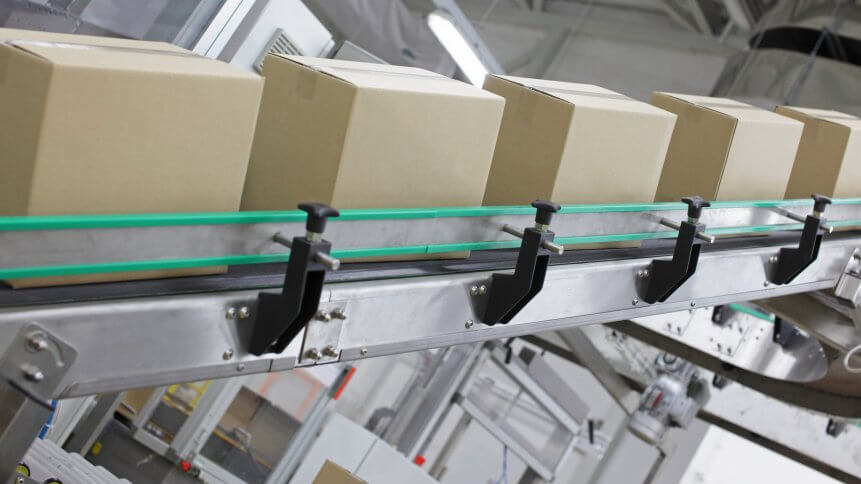RPA is good, but RPA-as-a-Service is better

Robotic process automation (RPA) has proven to significantly increase in efficiency for companies that choose to adopt it.
By automating menial tasks and freeing up time for employees, operational costs are reduced and business operations are streamlined.
Among the various emerging technologies such as artificial intelligence (AI), Internet of Things (IoT) and big data analytics, RPA is ranked the fastest-growing segment of the global enterprise software market. In 2018, US$680 million was spent globally on RPA, and by 2025, that figure is poised to surge up to US$3.11 billion.
For financial sectors, such as Deutsche Bank, RPA has achieved increases in productivity and quality, while lifting certain menial tasks reportedly even led to more efficient and happier staff in the workplace.
While RPA is certainly drawing the eye and investment of CIOs, however, many are struggling to implement it at scale (even despite assigning strike teams to oversee it), which can counter the potential efficiencies gained. With the software proving more complicated than expected, just 3 percent of users were able to scale up their digital workforce, according to a Deloitte Global RPA survey.
Easier to access, easier to scale
While many organizations struggle with the in-house deployment of RPA tools, however, with a 17 percent growth in the worldwide public cloud services market in 2020, it’s unsurprising that others are reaping the benefits of a cloud-based model.
RPA-as-a-Service aims to optimize the notable features of RPA, such as its straight forward, low cost, and high impact adoption, however, with usage-based scalability, companies can manage their investment into the software as they apply to more processes throughout the business.
The maintenance of cloud-native RPA is minimal as service providers would include enterprise-class data privacy, security, and upgrades. In this sense, infrastructure costs are next to nothing and the latest updates promise continuous delivery and integration.
YOU MIGHT LIKE

Why it’s time to get staff involved in RPA deployment
Users would experience a seamless operation of cloud-native RPA and higher connectivity with the technology, easily connect with technology and gaining granular control on the design of robots. With lower technological lock-in, meanwhile, usage of the automation software is less committal— it can be tried and tested and dropped if a return can’t be secured.
Essentially, users are free from constant on-premise hardware maintenance or upgrades and experience less system downtime due to a scalable cloud environment— they have an automation tool that can be tweaked and scaled to meet the unique demands of their organization, whether a large firm or SME.
“Many enterprises today are recognizing the benefits of automation and are currently in the midst of understanding the best strategies for optimal implementation,” Sarah Burnett, Executive Vice President, and Distinguished Analyst, Everest Group stated.
The release of RPA-as-a-Service embedded with flexible features, including availability on multiple clouds, increases the market for enterprises with different needs and budgets for automation.
In addition, automation is leading in the fourth industrial revolution and innovation in the tools and solutions further underscores its immense development. What’s in store for RPA-as-a-Service is the aggressive implementation of it as more organizations rally to the benefits of the cloud.









